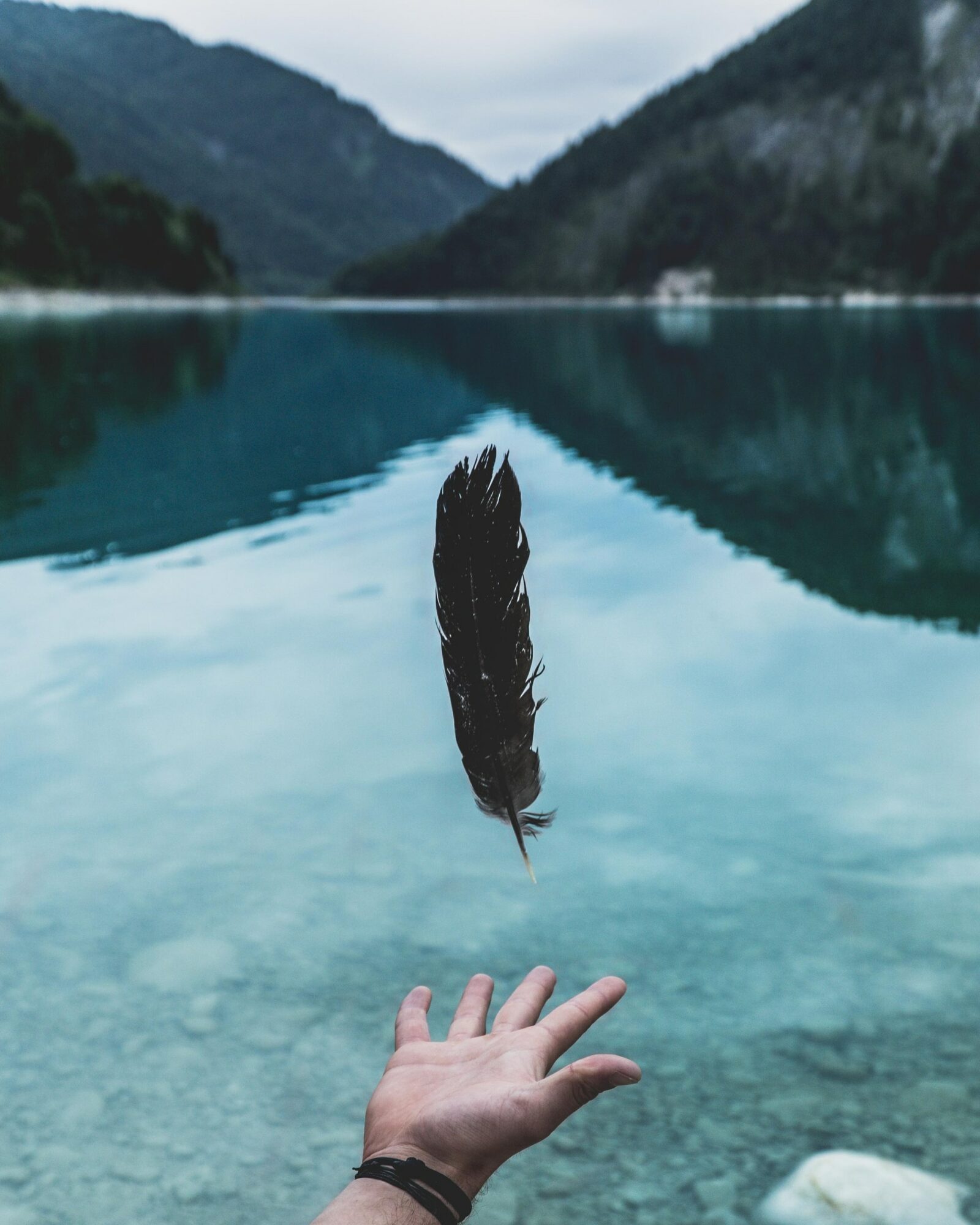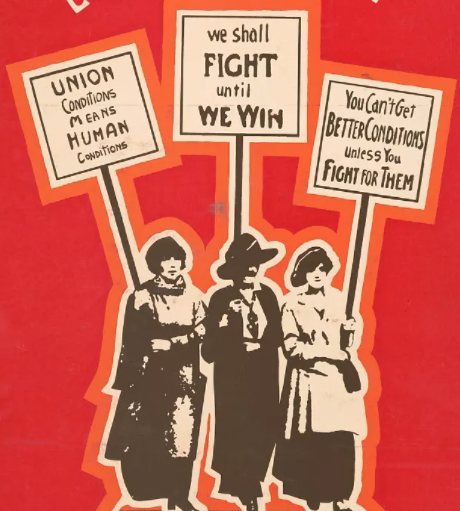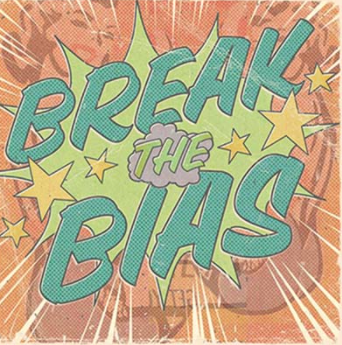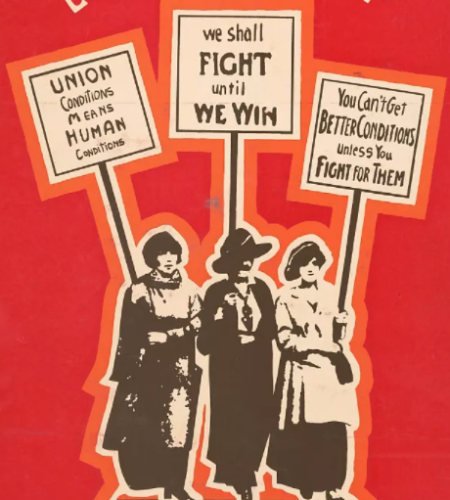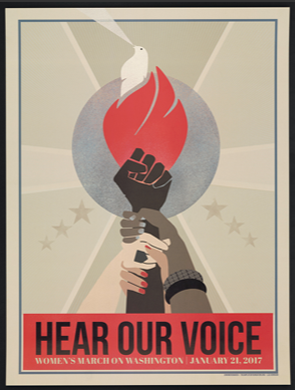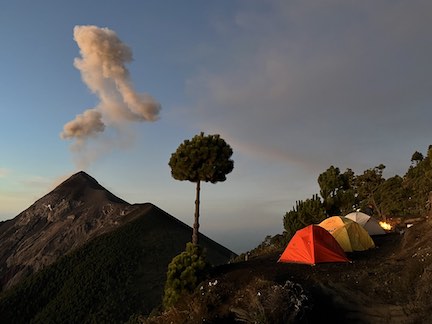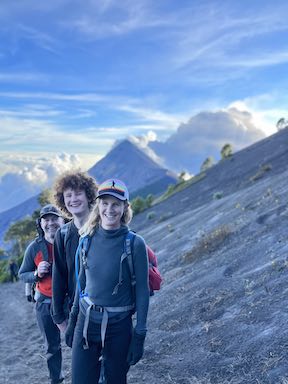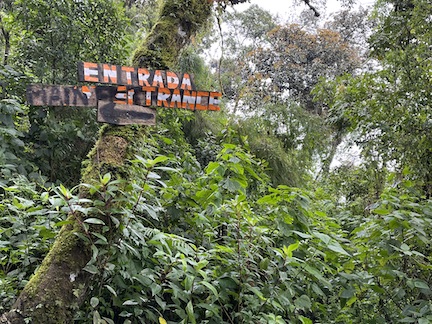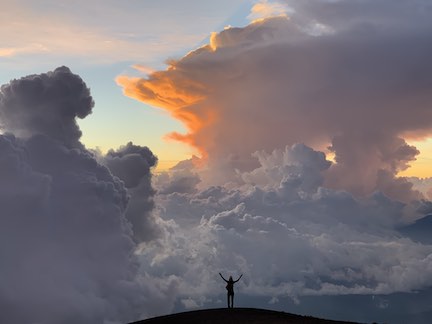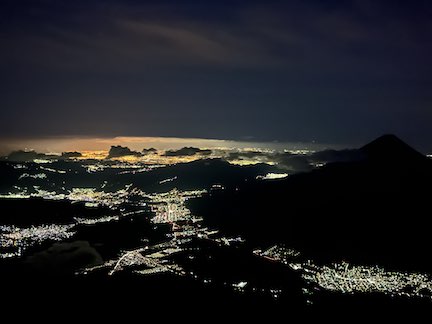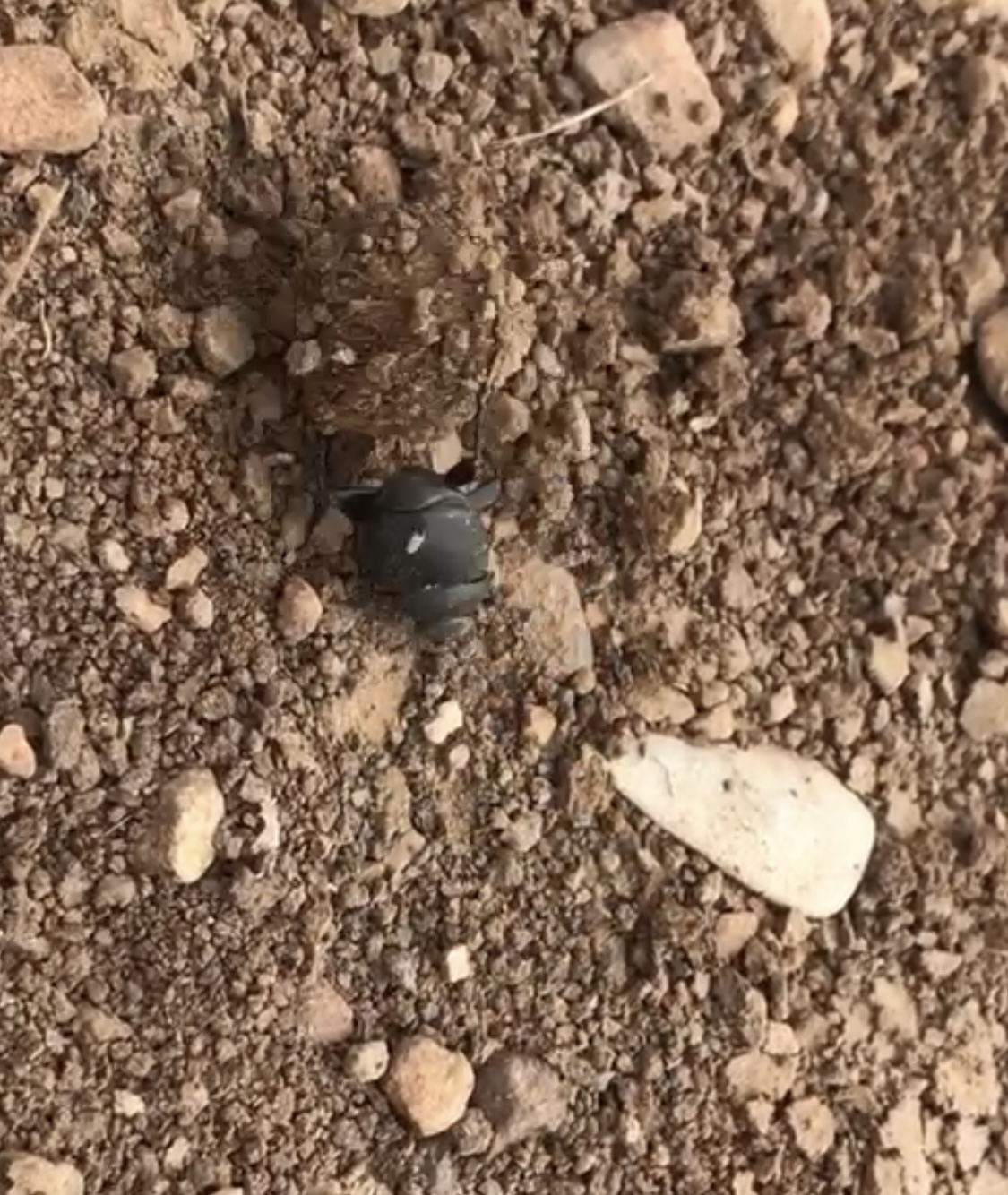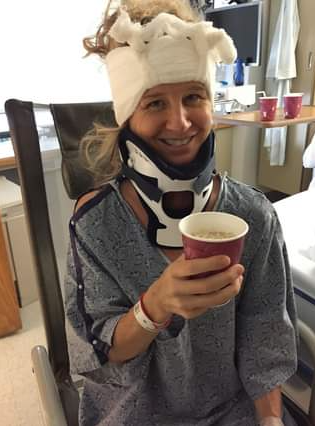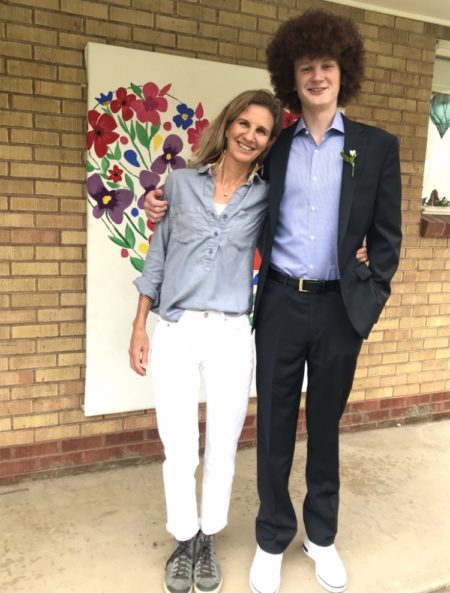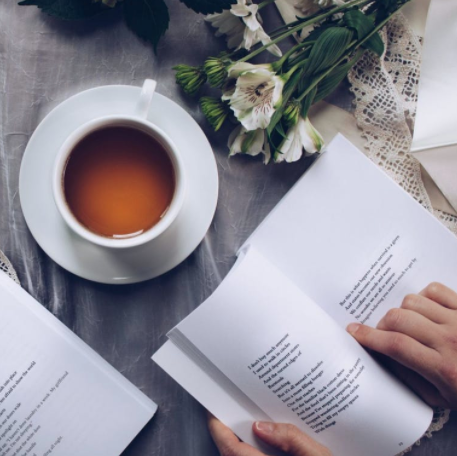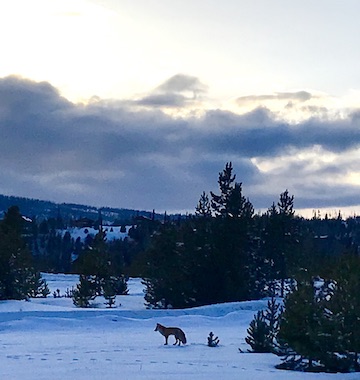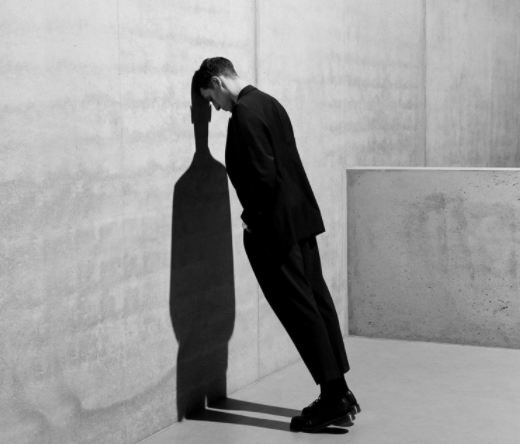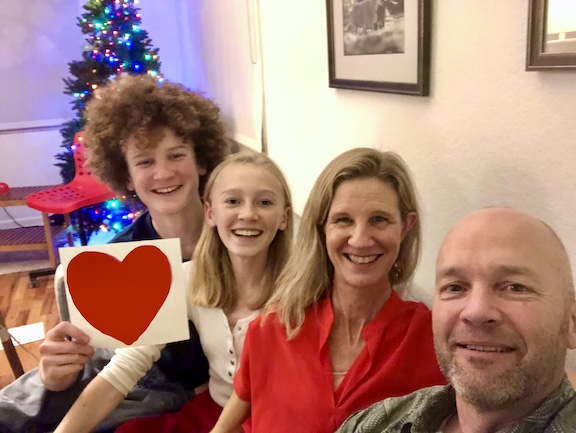I’m playing with the idea of let loose instead of let go. Here’s what I mean. To let go completely is too much pressure. But to let loose is bite-sized, doable, a step forward in the right direction. I want to let go of control. I’ve been gripping too tightly to things not working out the way I want them to lately and it’s making me suffer. The Brave over Perfect move this week is to let loose instead of let go.
A few examples. When my child doesn’t do her homework, I play a high-speed game called “Then what?” in my head. It goes like this: “If she doesn’t do her homework. Then what? Then she doesn’t pass the class. Then what? Then she won’t get into a good Arts college. Then what? Then she won’t make it as an adult, alone. Then what? She’ll end up on the streets with really high credit card debt and it’s my fault because I didn’t teach her responsibility.” Except I’ve been playing this game so long that my mind goes straight from “missing homework” to “kid on the streets” with a heavy dose of “it will be my fault.”
I think, Let go. She’ll be fine. Who cares about homework? But the next minute, I walk into her room, see her on her phone, and lose my mind. Instead of letting go, I pull her school books out of her backpack for her. What am I doing? Why can’t I let go? Well, in part, because she is still my responsibility. So maybe I can’t let go because it feels irresponsible.
But can I let loose? Can I loosen the tunnel vision I’ve had of her ending up on the streets to a wider view? A view that includes at least one alternative? Like maybe she misses a few credit card payments as an adult like I did, has consequences, learns to take responsibility, and is fine. Like maybe she does end up on the streets, but now I see her busking, and doing pretty well. When I wiggle my tight grip loose like a tooth, I feel expansive, lighter. It reminds me of when I discovered the beauty of the word Sometimes.
Another example. A friend of mine’s son didn’t get into the college he wanted. Worse, his two best friends did get in. My friend is watching her son’s pain and feels terrible for him. She is trying to let go, but she can’t. She wants to fix this for him. She keeps calling the admissions office to see if he can appeal. It’s a natural response to fight for the people we love. Until, at some point, there is nothing we can do to help them.
If we trust the universe when we get in somewhere, then we also have to trust the universe when we don’t.
She is having a tough time sleeping. She tells me, “I know I need to let go, but I can’t.” So we try this idea of “let loose.” Can she widen or loosen her gaze? Can she imagine a future for her son that is less tight than landing at the perfect school? I also suggest that maybe she is trying too hard to let go. After all, our biological nature is to protect our children. But is her long term view of her son’s path too tight? What part of the story can she loosen by widening her gaze?
She calls me back to say that she is sleeping better. “Want to know the crazy thing? She asks. “It is like wiggling a tooth loose. I didn’t have to yank it out; it just fell out on its own! My version of letting loose was saying, ‘I’ll call the admissions office on Friday, but not today.’ I didn’t let go completely, but just a little. Then by the time Friday came around, I FORGOT to call. And I didn’t feel bad. I felt better. Now we’re planning a fun trip to visit the schools that he got into.”
In my experience, it works out well in the end, we just can’t see how from our limited vantage point. But it’s too much pressure to try to let go of our vision of how things should go completely. It feels doable to let loose – to look out at the world with our peripheral vision. It helps me to remember how much my own path has zig-zagged. And how happy I am that I didn’t follow the narrow, tight vision that my parents may have had, or I may have had for myself in the beginning.
This week, don’t try so hard to let go. Instead, can you loosen just one part of your grip or your view? Can you take one tiny step forward by seeing the world with your full, peripheral vision: expansive, open, loose? Notice how the twigs on each branch are loosening their tight buds and opening up. Tender dark shoots uncurling now. Soon, loose, green leaves waving in the sun.
Love,
Susie
***

